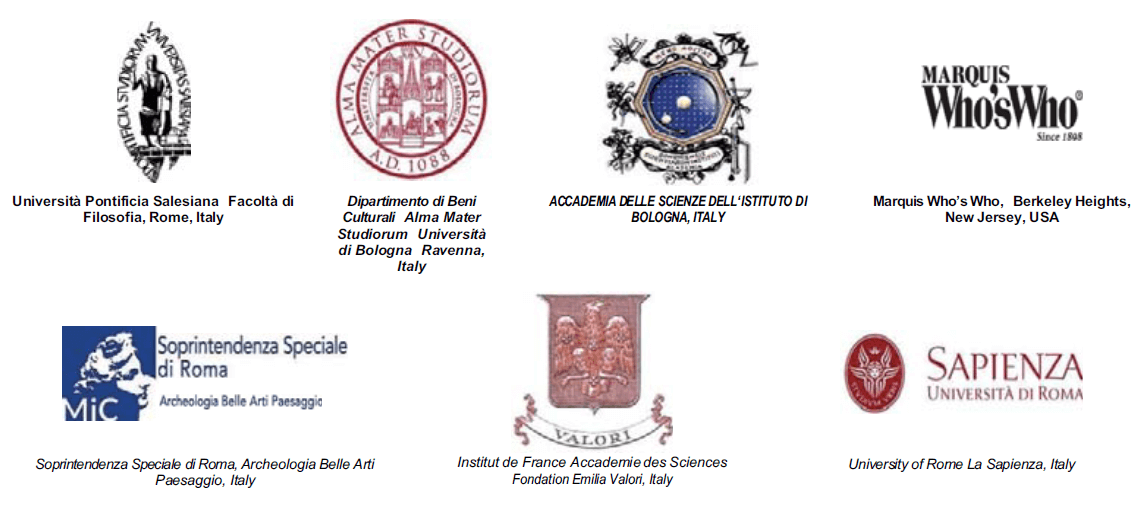Ancient hypogeous manufactures: the cereal pits in San Giovanni in Marignano (Rimini)
DOI:
https://doi.org/10.6092/issn.1973-9494/583Abstract
The study focuses on the analysis of the hypogeous pits for the conservation of cereals in the historical center of San Giovanni in Marignano (Rimini). This small town in the low Valle del Conca (Conca Valley), on the border between Marche and Romagna, 3 km away from the sea, has a high concentration of underground silos protected by a fortified enclosure, this was known already in the late Middle Ages. Those silos were used to store the cereal products of a very productive territory, it is a sort of “wheat bank”, a huge container for cereals that was the reason why the castle in modern times was called: “The barn of the Malatesta family” (noble family). Some research was carried out in archives and according to notarial sources of the XIV-XVI centuries, and it was confirmed by other information from ancient city statutes and printed texts (XV-XIX centuries) concerning the problems on the conservation of wheat and on the making of underground silos. That research provided interesting information on the making, the placing and the capacity of these pits, furthermore recently a diagnostic exploration was executed in the underground of San Giovanni in Marignano, analyzing high-frequency electromagnetic waves penetrating into the ground (Ground Penetrating Radar), such exploration located and detected precisely the pits.Downloads
How to Cite
De Nicolò, M. L. (2004). Ancient hypogeous manufactures: the cereal pits in San Giovanni in Marignano (Rimini). Conservation Science in Cultural Heritage, 4(1), 277–299. https://doi.org/10.6092/issn.1973-9494/583
Issue
Section
Articles
License
Copyright (c) 2004 Maria Lucia De Nicolò
Copyrights and publishing rights of all the texts on this journal belong to the respective authors without restrictions. Authors grant the journal right of first publication.
This journal is licensed under a Creative Commons Attribution 4.0 International License (full legal code).
See also our Open Access Policy.






